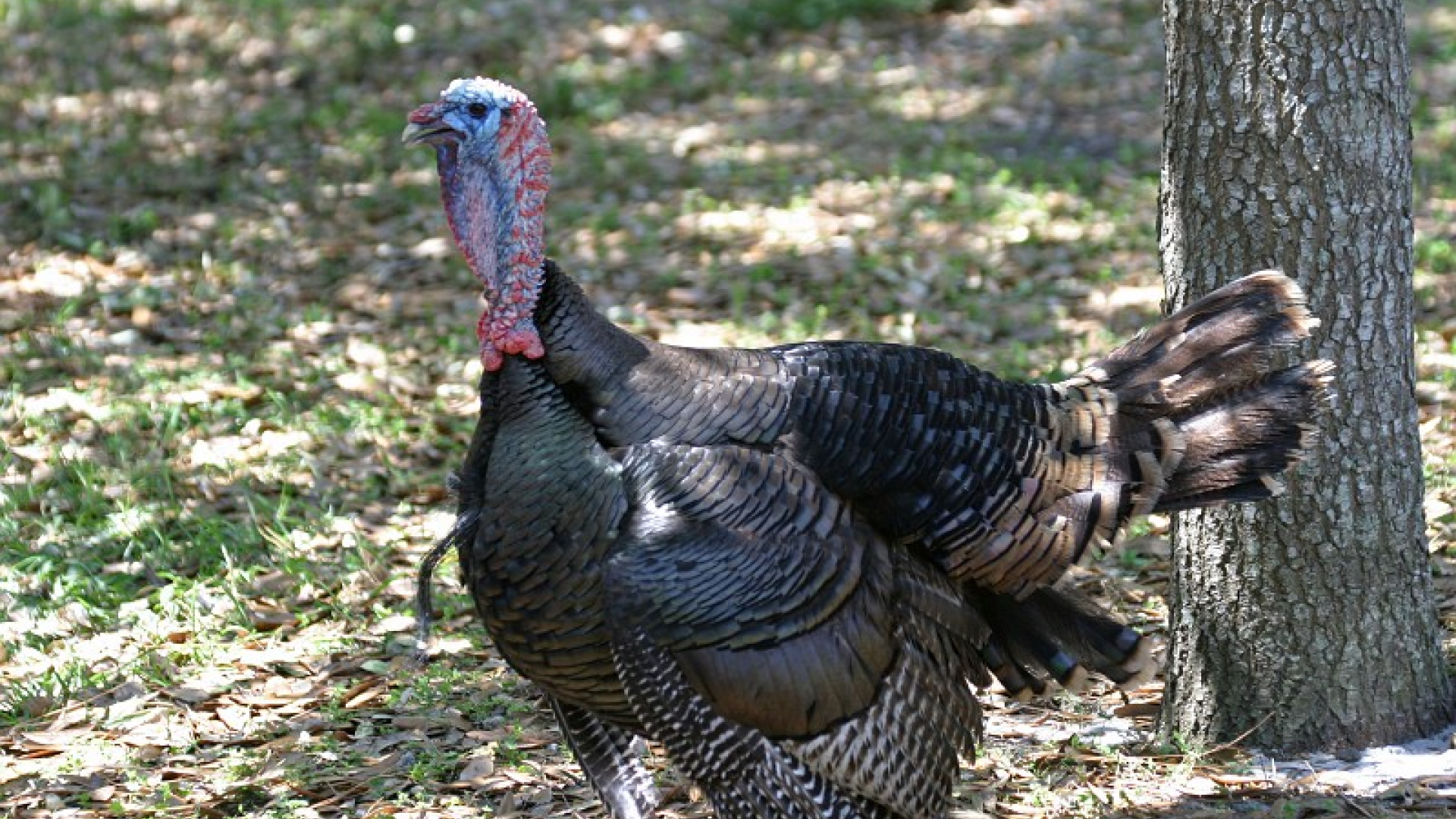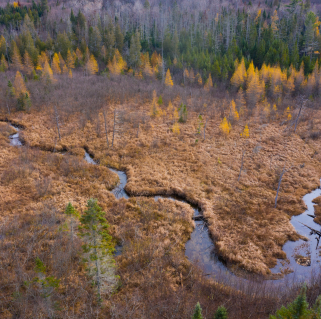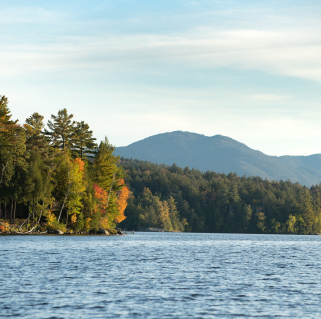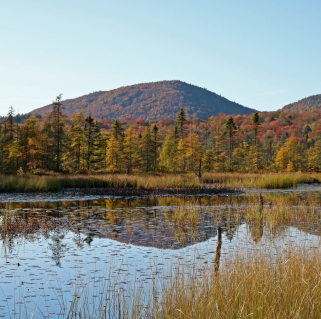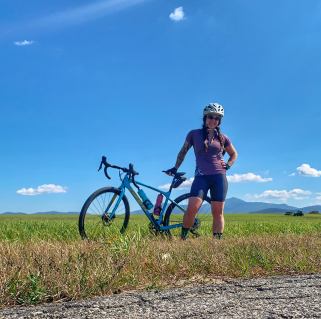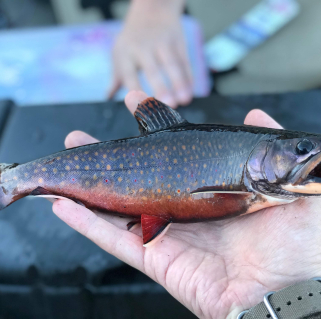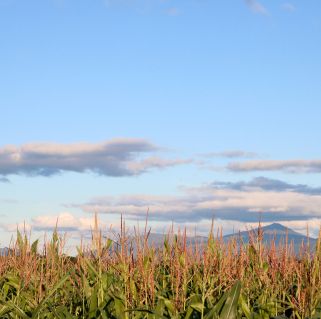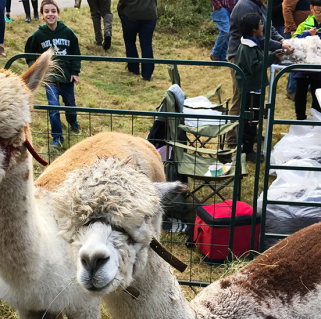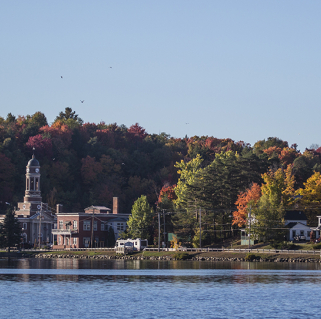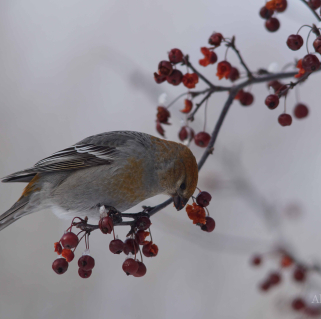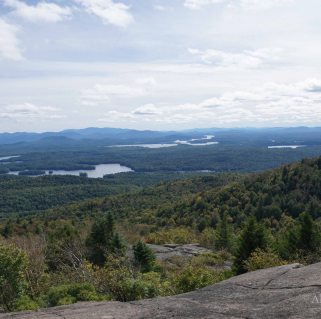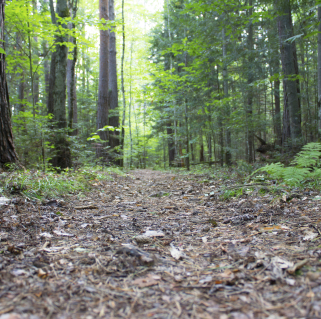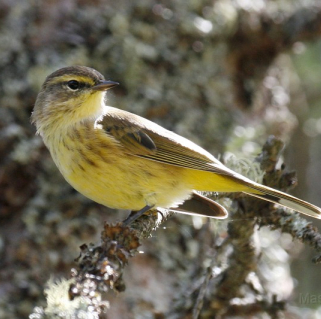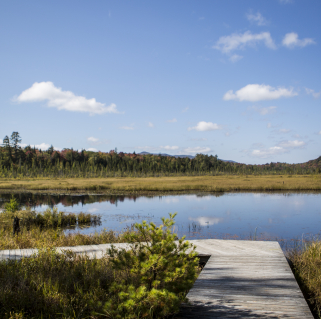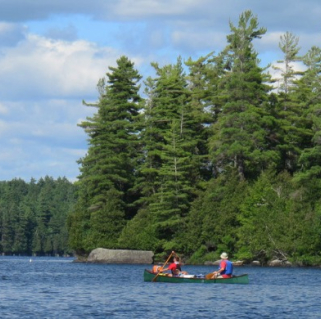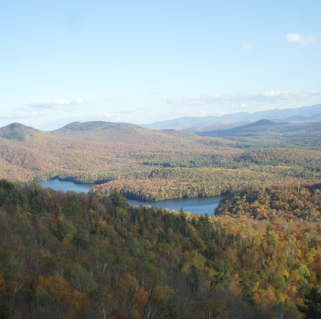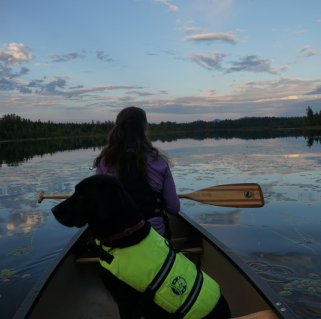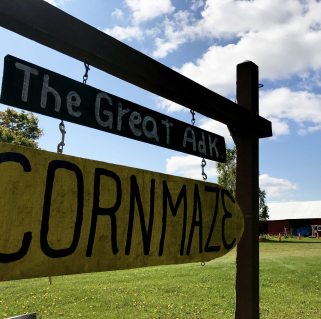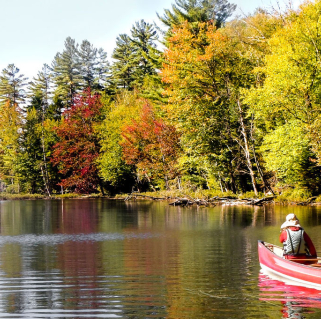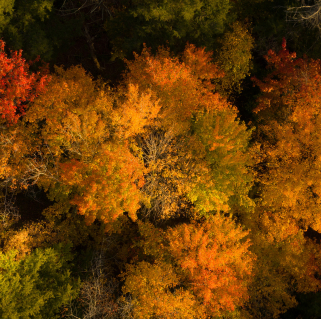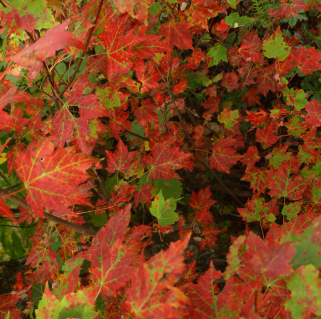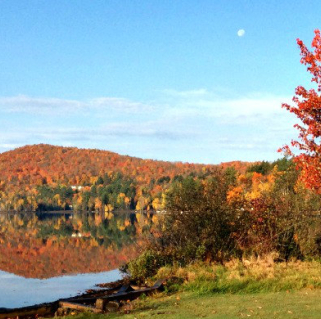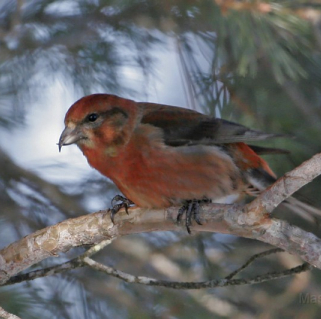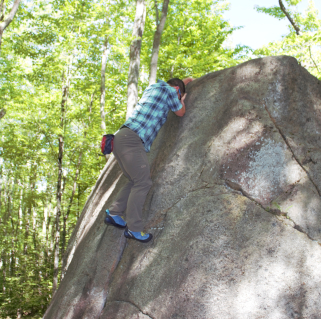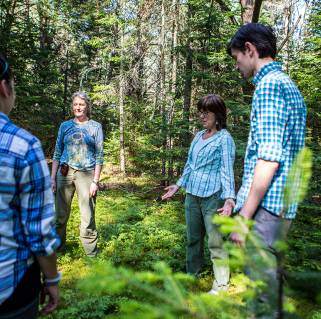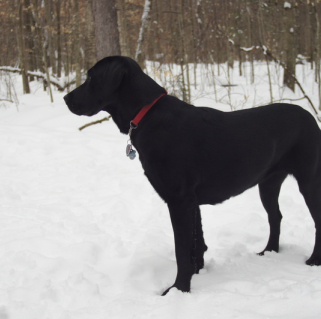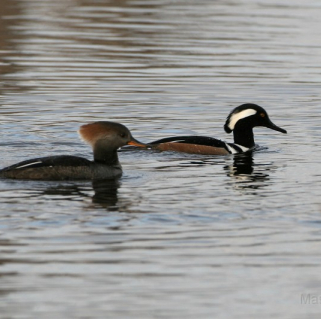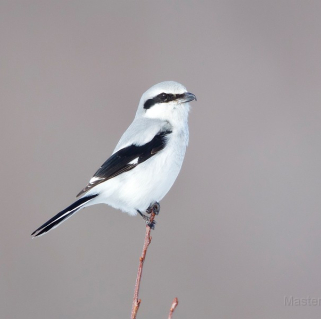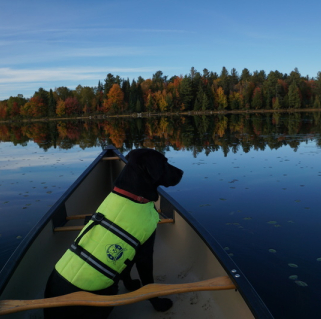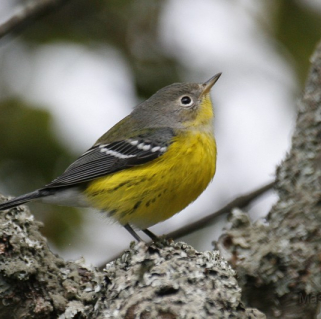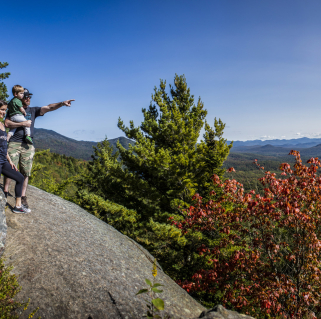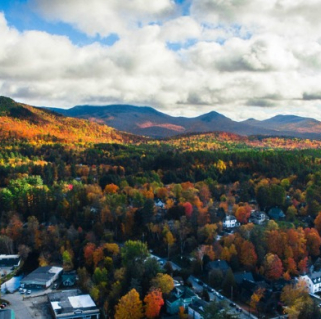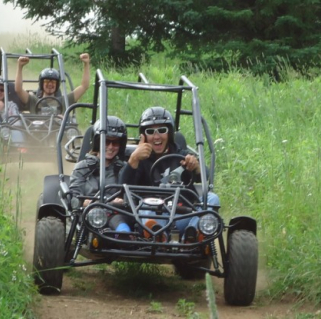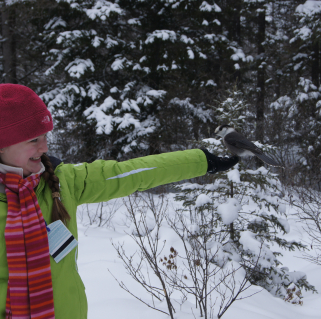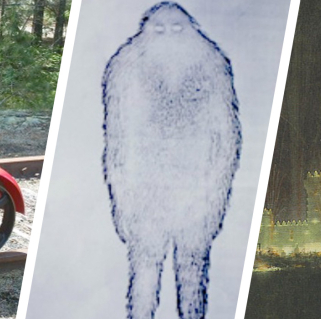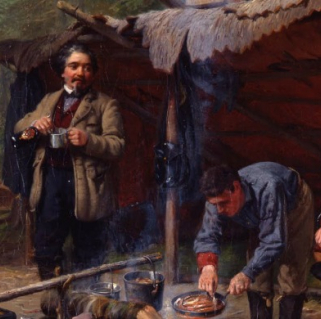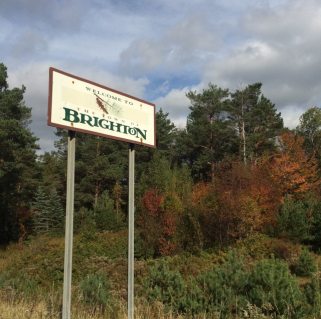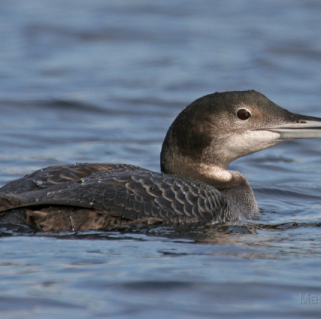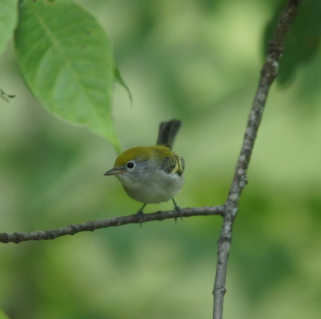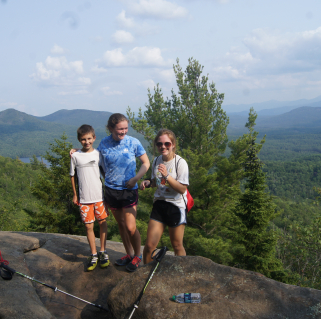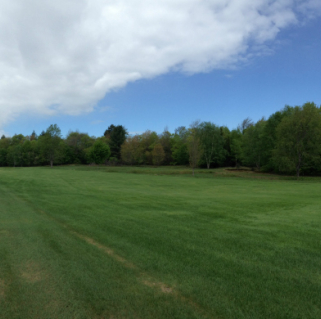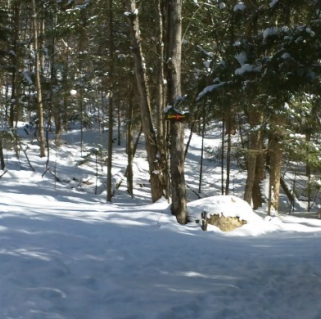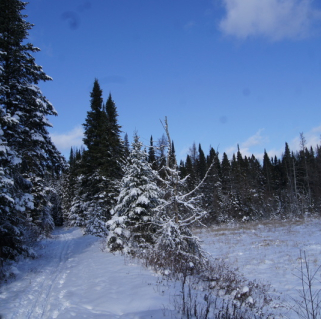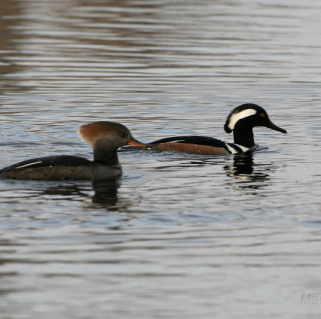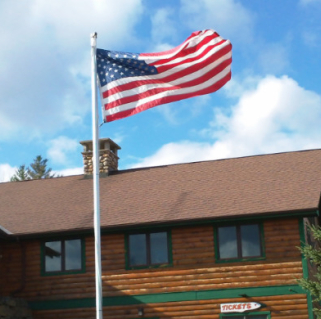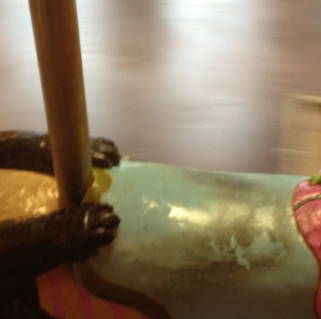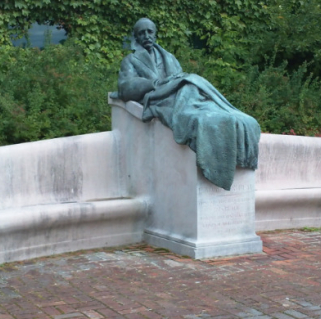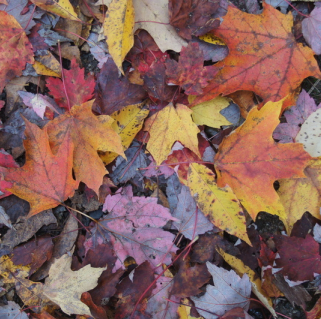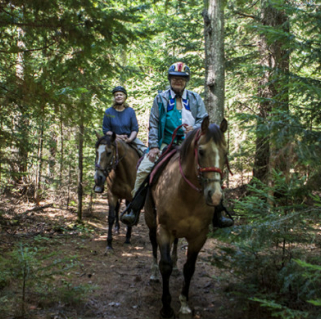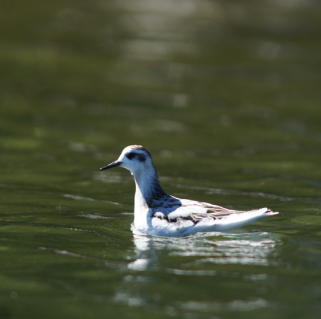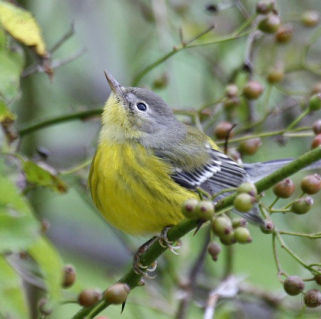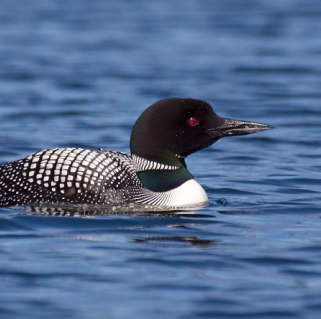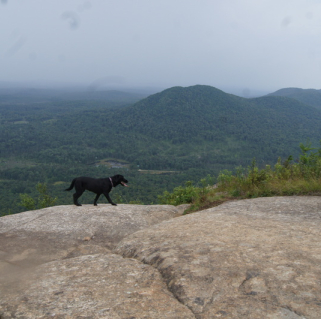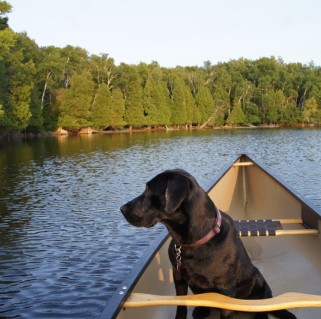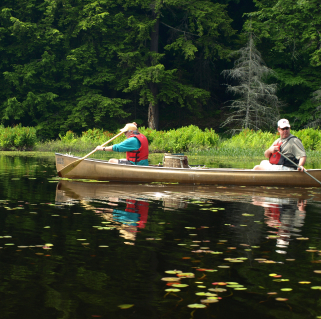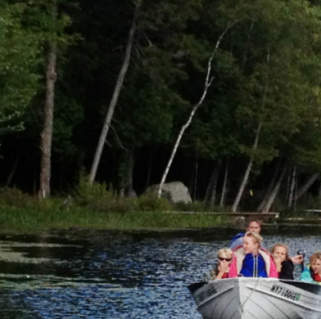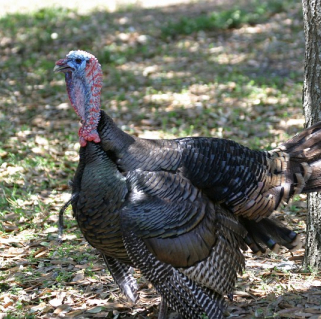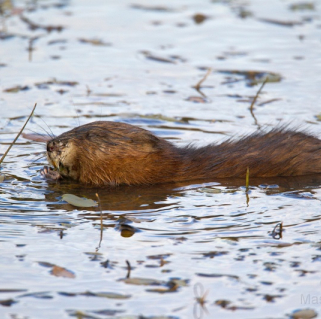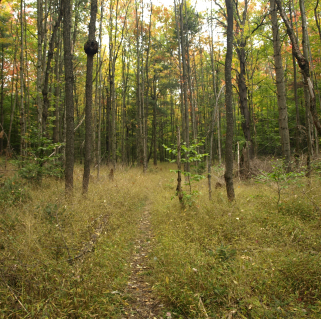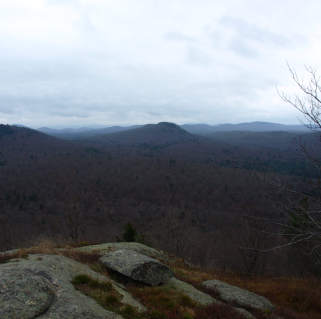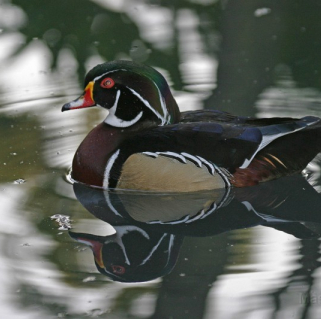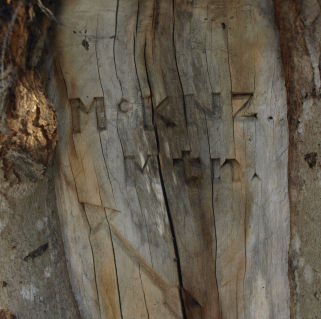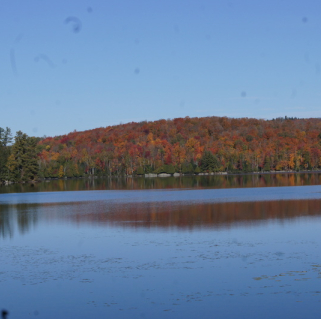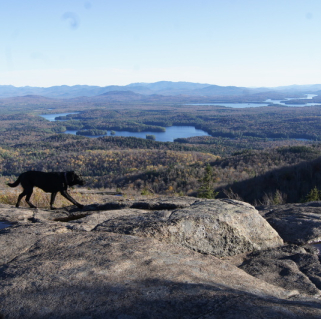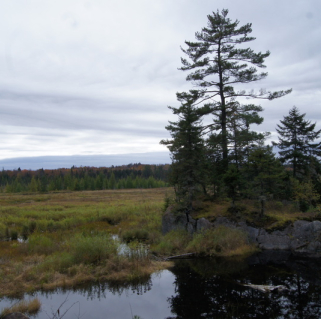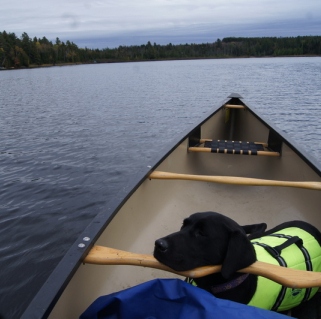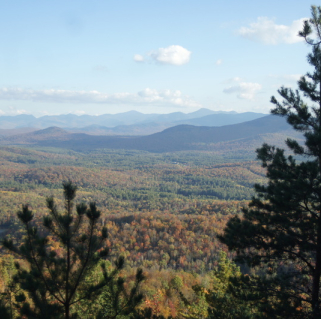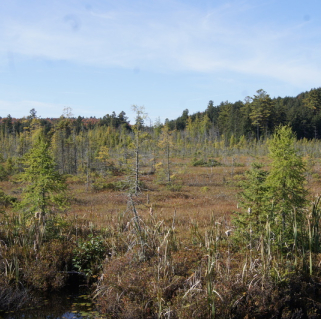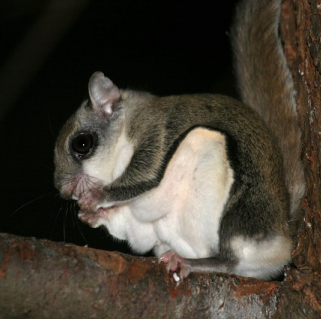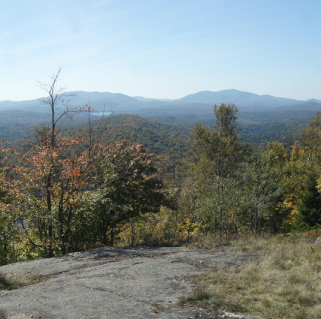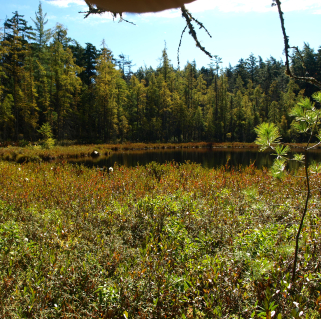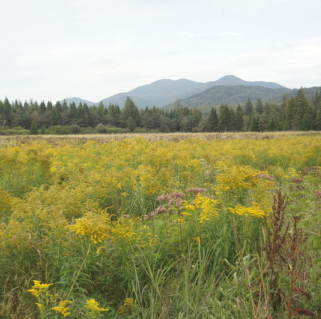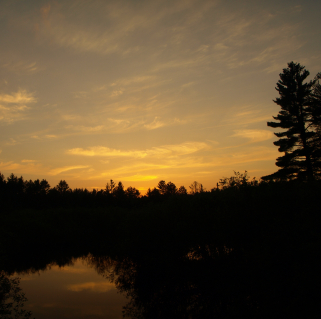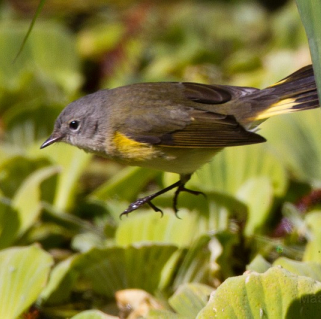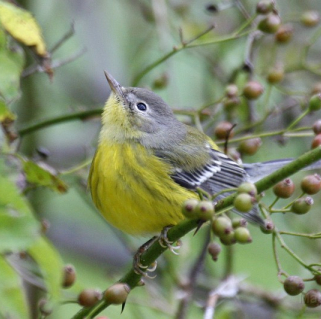Alan Belford
November 28, 2013
We have once again reached the time of year when turkey is in the forefront of our minds and in the center of our plates, and it is worth considering the Wild Turkey which makes the Adirondacks and New York State its home. Turkeys range across much of the country and all of the state and are common in the region. I regularly see them when I’m out birding, hiking, or conducting research, and often find them in the fields near both Gabriels and Bloomingdale.
Their commonness was not always the case even just a few decades ago after overhunting, introduced disease, and loss of habitat decimated turkey populations across much of the country by the end of the 1800s. But smoldering populations in places such as Pennsylvania managed to stay alight, and reintroductions in many states including New York bolstered these growing populations. The Wild Turkey is a conservation success story. 
And they are an interesting species at that. Part of their success in bouncing back is due to their resilience in living with people, making good use of agricultural lands and fields which border their woodland homes. Agricultural fields provide left over agricultural mast and insects which are a suitable complement to the naturally growing beech nuts, fruits, seeds, insects etc. which they find in the woods. As such, Wild Turkeys are often found in edge habitats where mature deciduous forests border fields and forest openings.
Turkeys feed on the ground where they scratch and forage for their varied diet. They run extremely well and often choose running to flying when frightened or threatened. They do roost in trees at night and watching a flock land for the evening or depart trees in the morning is often a comedic experience. The heavy birds are not graceful in flight and often crash through the branches as they seek to land. Despite their lack of skill in the air, young turkeys can fly by about two weeks of age thanks to the rapid growth of their wings and flight feathers. This allows them to spend the night in trees out of the reach of many predators such as coyotes, foxes, and the like.
The mother broods and cares for the chicks as they grow, sheltering them, but the precocial chicks are largely responsible for finding their own food. This is important given that Wild Turkeys usually have between 8-12 eggs and can have as many as 20. Such large numbers would be impossible for a single parent to feed. After all, the young remain with their mother until the winter while the father has no part in raising them. 
The male’s feather-rattling display is well known as they strut around with arched wings and fanned tail sometimes gobbling to attract females each spring – you may know some people who try similar tactics! The breeding season starts in March in the south while it is later this far north, and the males will breed with multiple females during the spring and then busy themselves feeding all summer. Besides his long tail feathers and pink wattle, the male’s wardrobe also includes a long “beard” from their breast, and a small percentage of hens can also grow a straggly beard as well.
Turkeys are active during our long Adirondack winters and can often be found foraging in fields and the edges of fields in the snow. The big (males often weigh between 15-20 pounds) dark birds are obvious against the white landscape. Their large tracks are also impressive as they search for food – usually in a flock. They are a striking species in our forests and one whose conservation success is good news at this time of celebration.
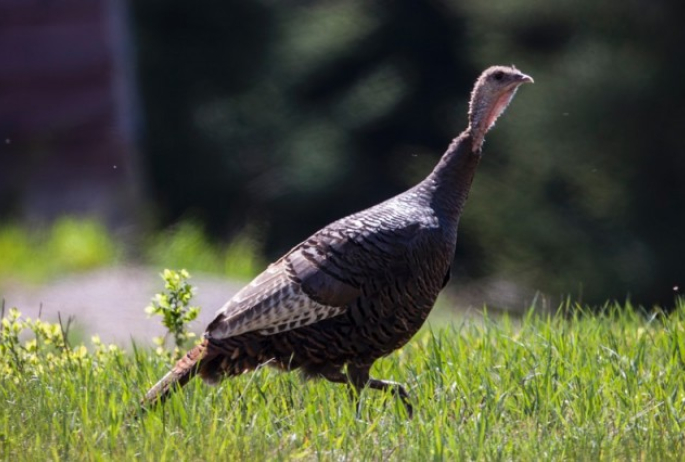
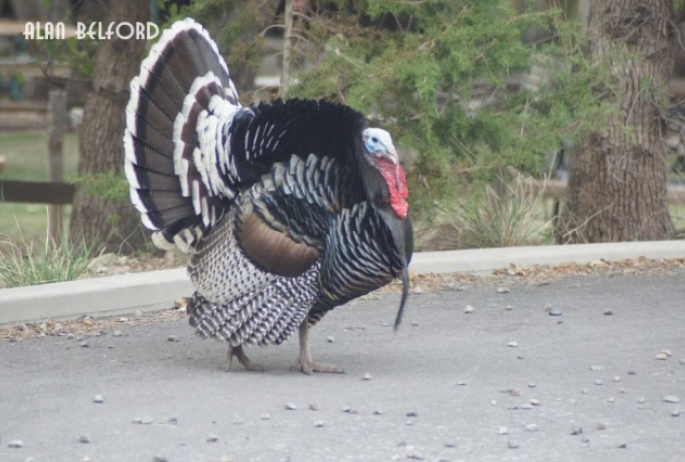
Packages and Promotions
Valid Jan. 21
- Jan. 21
Valid Jan. 21
- Jan. 21
Pet Getaway
Voco Saranac Lake
Your dog deserves an Adirondack getaway too. Book our pet friendly hotel near Lake Placid welcomes every member of your crew. Book our Pet Package...
